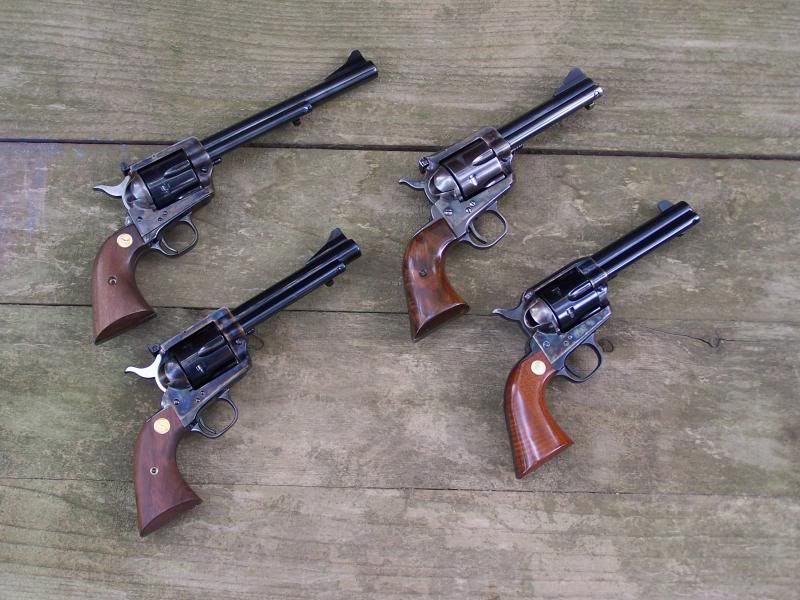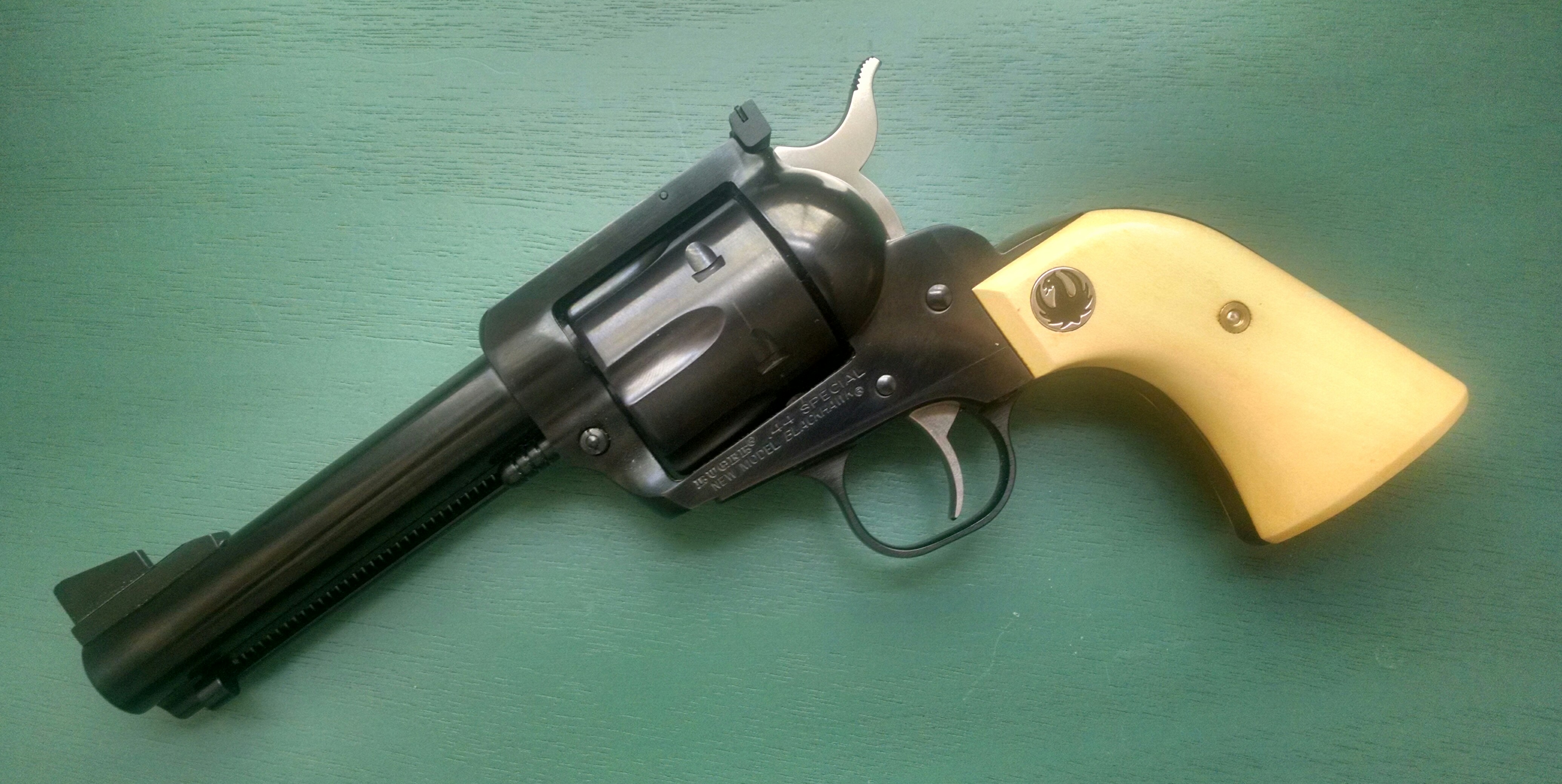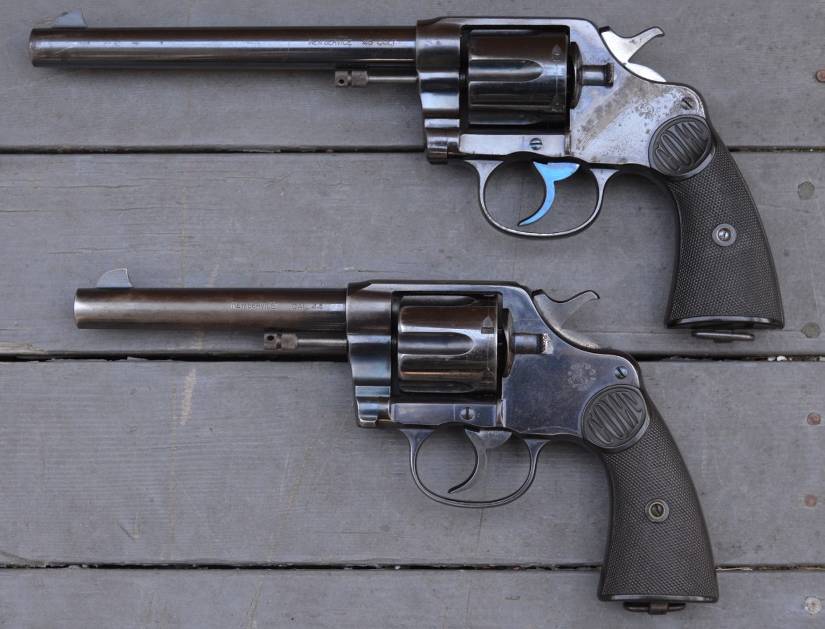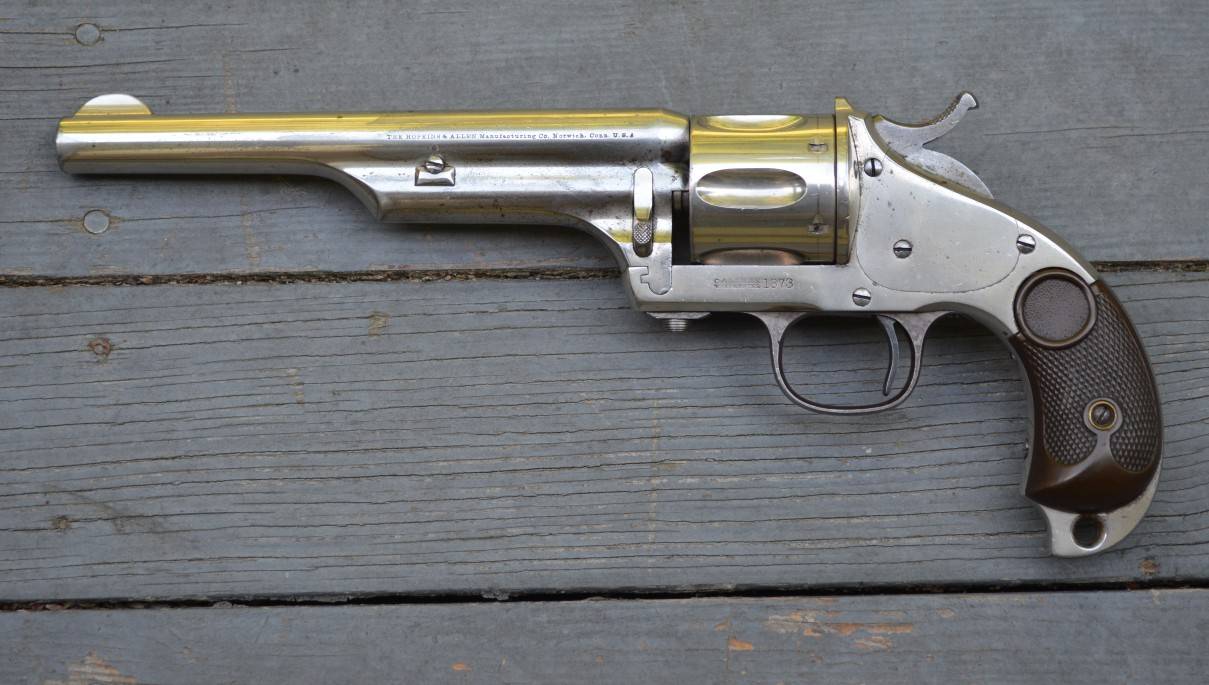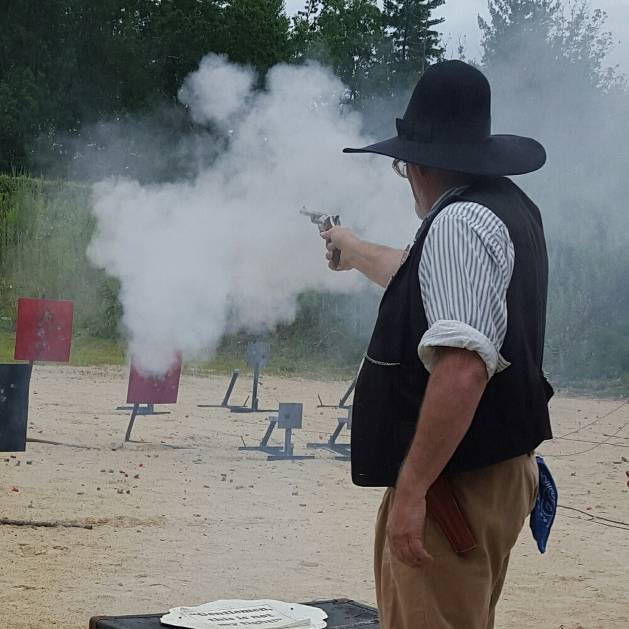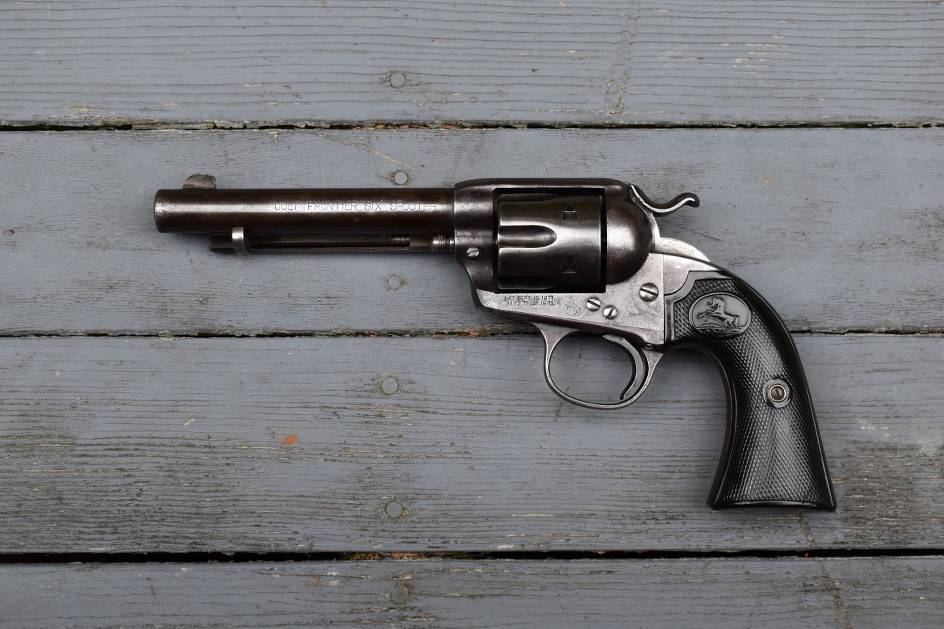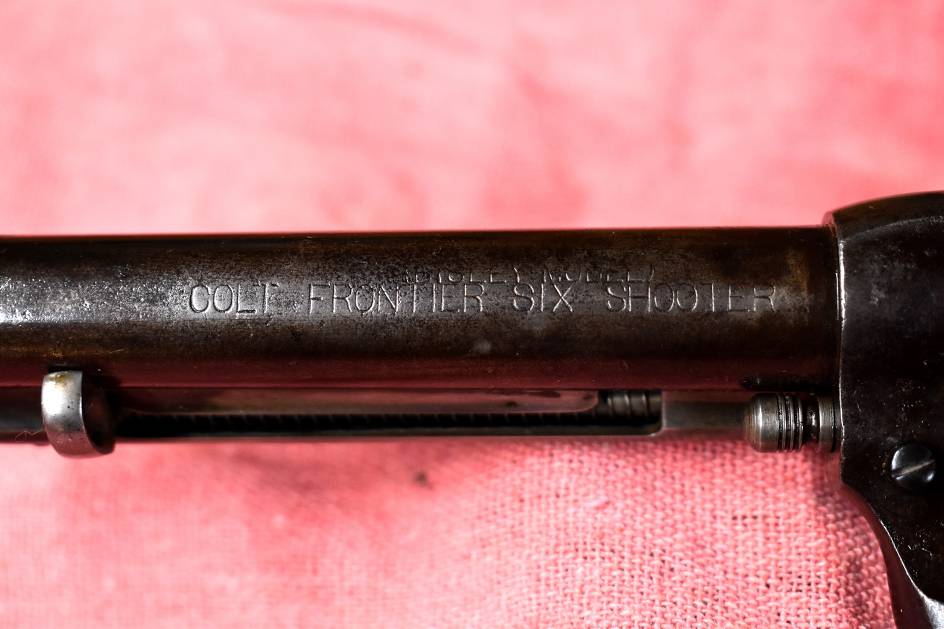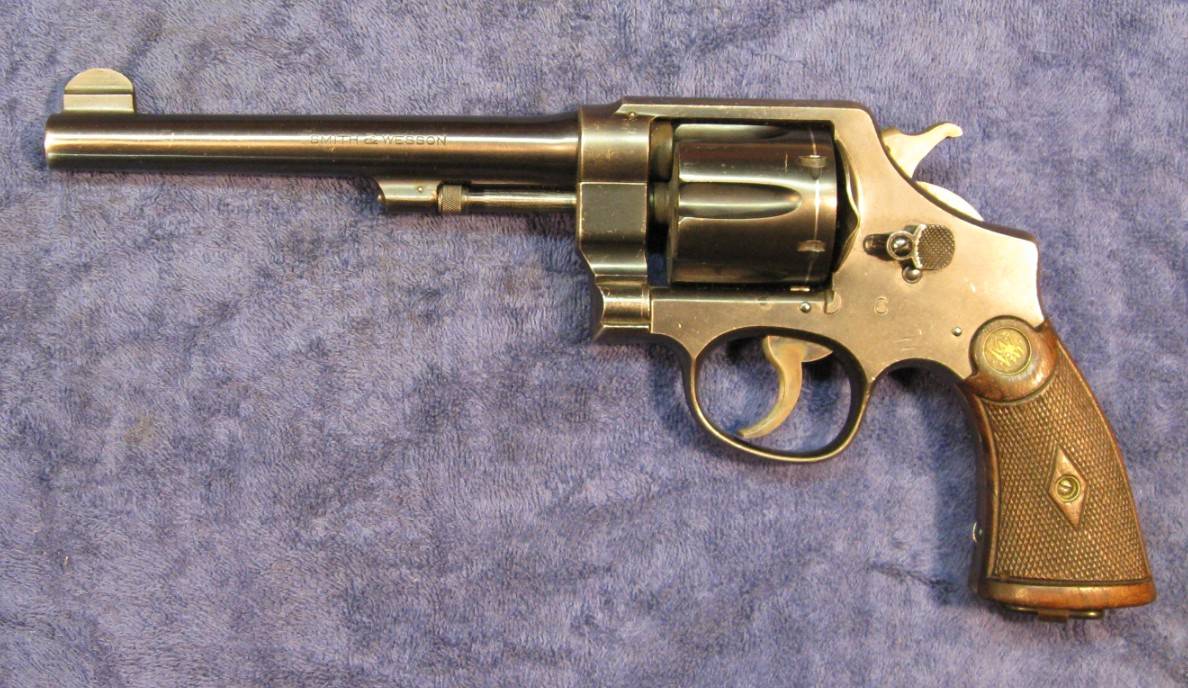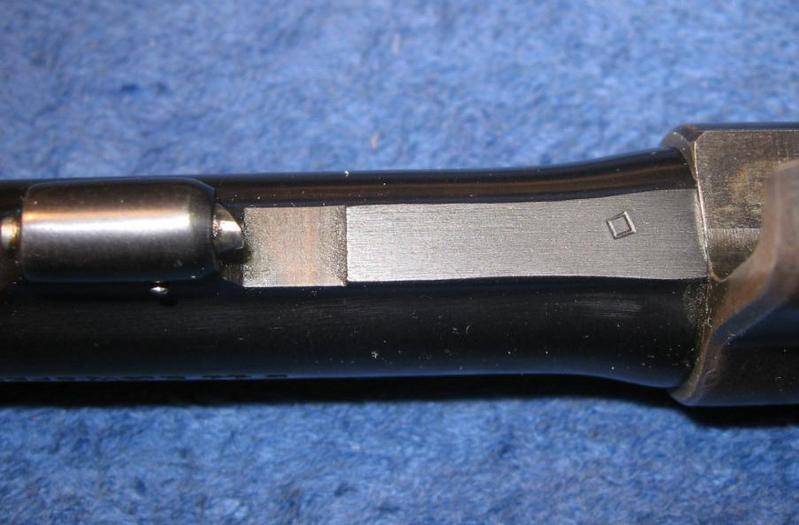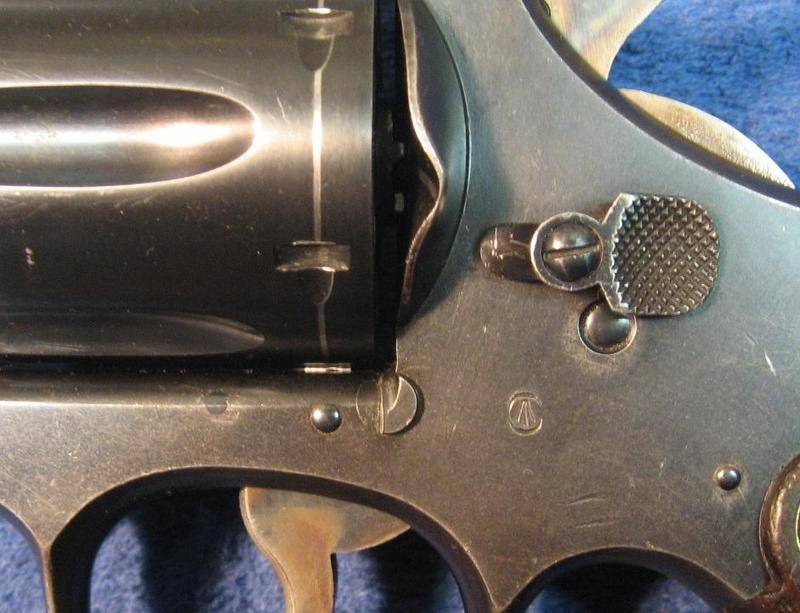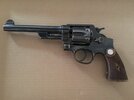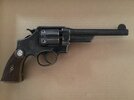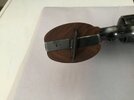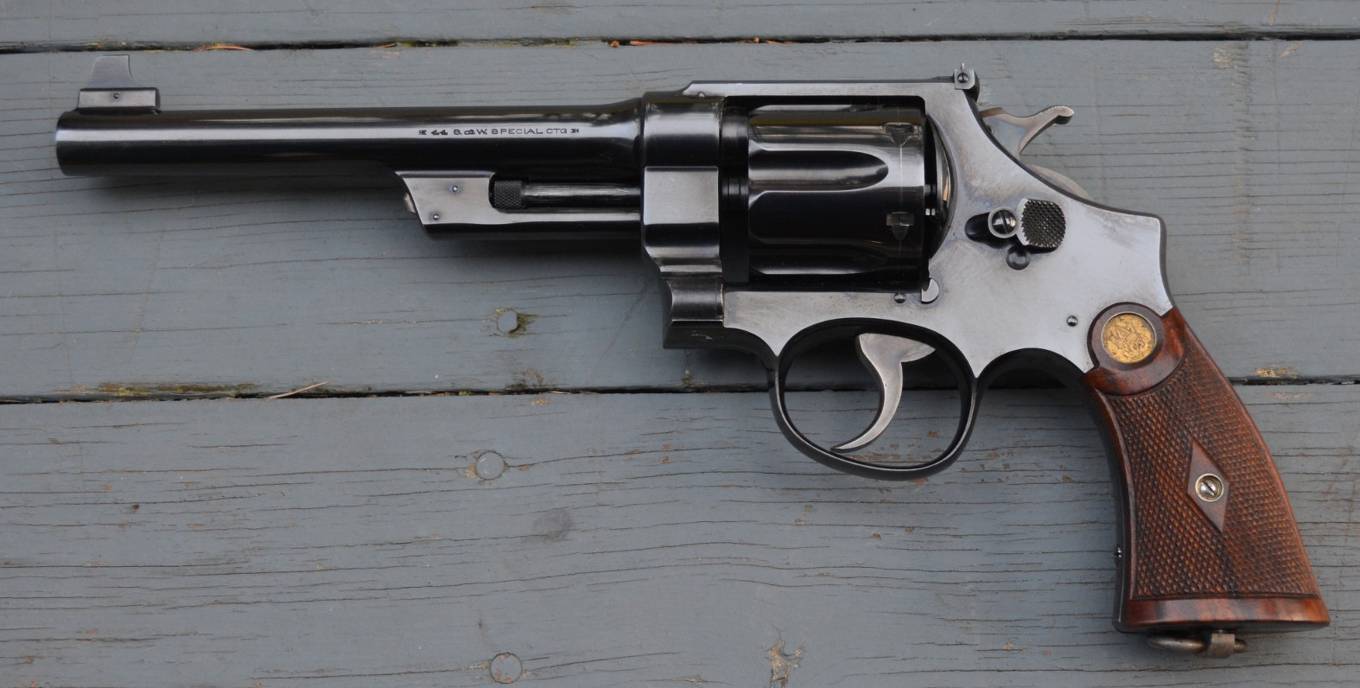Wow, quite a post. Well done! I think that the Special being more powerful than the Webley is only a concern if your intended target
requires more power. For target shooting, rolling tin-cans or a safe queen, or a collectable, it wouldn't matter. Hiking in Grizz country, then the .44mag is "superior" to both, and I wouldn't want either. Limited to the old double action Colt, and standard loads, I'd want neither in that situation. So, just saying, the power-edge the Special has over the Webley would not be an advantage in it's self, only for a specific purpose.
Also, how superior is the Special. Just going by memory, the Webley (and correct me if I'm wrong) throws it's 260-265 grain bullet at around 650fps, the Special a 240 grain bullet at 750fps. Is that enough difference to make a difference?

Not arguing, just saying.



